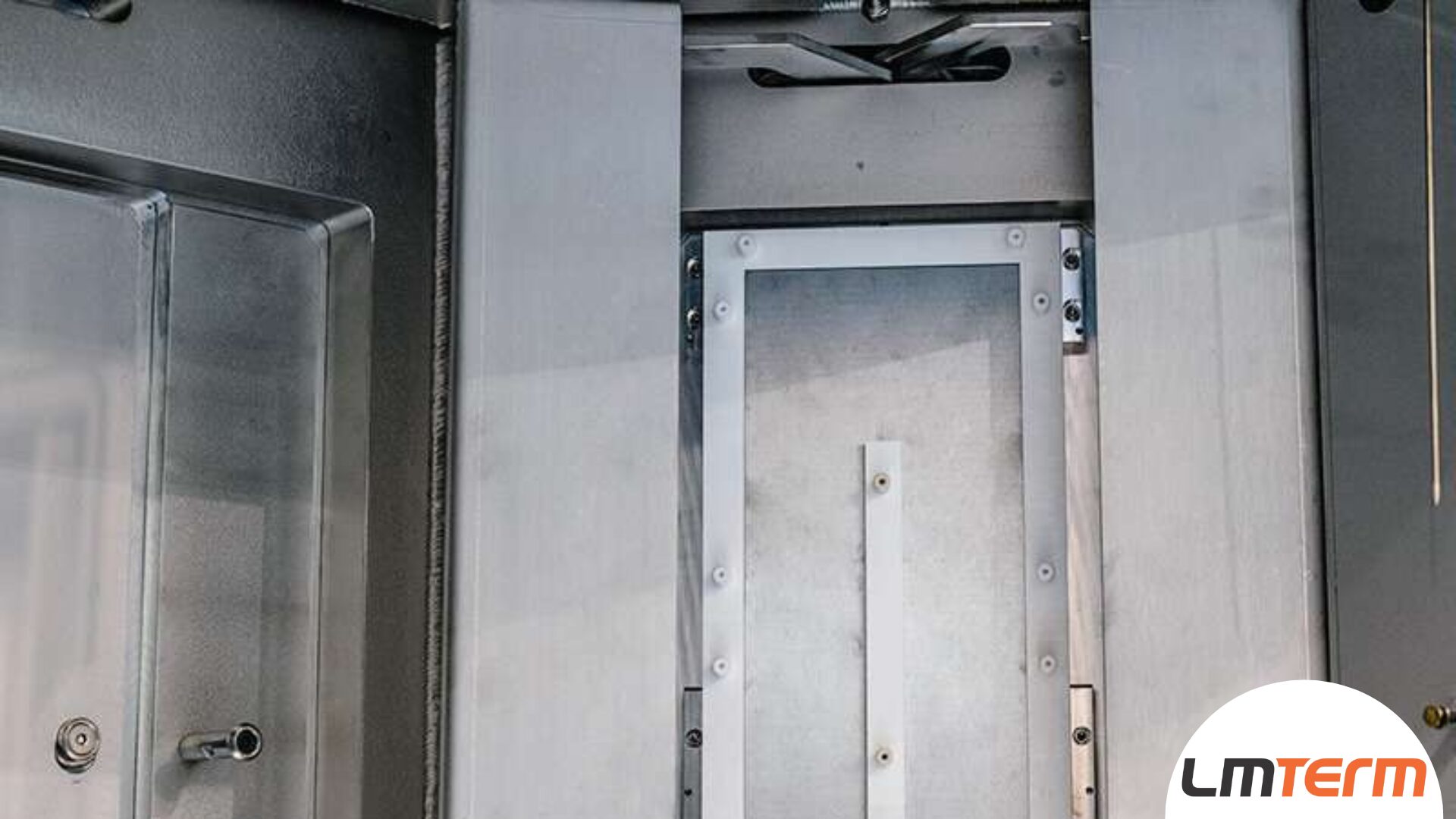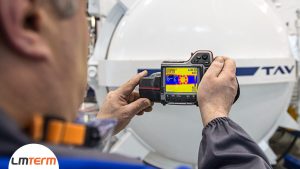The pursuit of technological advancement in surface engineering processes has driven the development of Physical Vapor Deposition (PVD) techniques. Among the main methods used, Cathodic Arc Evaporation (CAE) stands out for offering a high deposition rate, excellent adhesion, and a dense and homogeneous microstructure in coatings. These characteristics make this technique especially efficient for applications in cutting tools, high-performance components, and tribological coatings.
PVD Deposition Technologies
The PVD process can be carried out using different technological approaches, the main ones being:
- CAE (Cathodic Arc Evaporation): A technique based on the intense ionization of the target material, resulting in a high deposition rate and enhanced adhesion.
- MS and DMS (Magnetron Sputtering and Duo Magnetron Sputtering): Mechanisms that use argon plasma to erode the surface of the target metal, releasing material for controlled and uniform deposition.
Operating Mechanism of the Cathodic Arc
The cathodic arc is a type of electrical discharge in which a high-density current flows between a cathode and an anode, forming a highly ionized plasma. This process is widely used for the deposition of thin films in plasma coatings (Physical Vapor Deposition – PVD).
The generated plasma cloud moves toward the substrate, where material condensation occurs, forming a uniform and highly dense film. The interaction of this metallic vapor with reactive gases such as hydrogen, nitrogen, acetylene, methane, and argon enables the formation of compounds like TiN, CrN, and DLC (Diamond-Like Carbon), broadening the scope of both decorative and technical coating applications.
Visually, one can observe a “ray” traveling across the surface of the target inside the deposition chamber, highlighting the arc’s circular movement and the intensity of the ionization process.
Maintenance and Conservation of PVD Equipment
The efficiency of the PVD process depends on preventive maintenance of the equipment. Key measures include:
- Regular cleaning of the deposition chamber to prevent contamination of electrical insulators.
- Helium mass spectrometer leak testing to ensure operational vacuum integrity and avoid gas infiltration.
- Inspection of power supply generators and plasma control systems to ensure process stability.
Trends
With the growing demand for solutions that increase the durability and efficiency of industrial components, the cathodic arc technique continues to evolve. The enhancement of metal targets, the development of new reactive compounds, and integration with hybrid deposition technologies are expected to further expand the reach of this technology.
If your company seeks to maximize the performance of critical surfaces through high-efficiency coatings and low environmental impact processes, PVD cathodic arc is a well-established and innovative solution.




